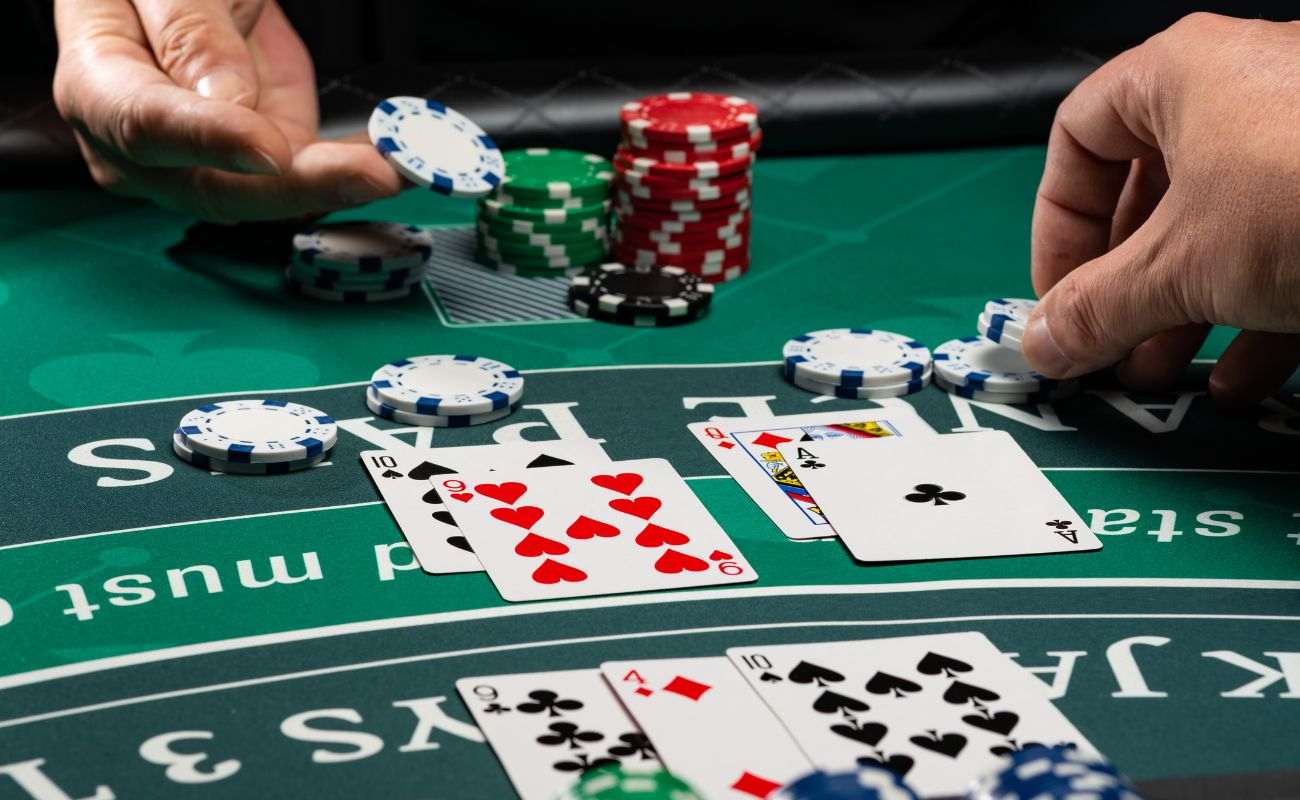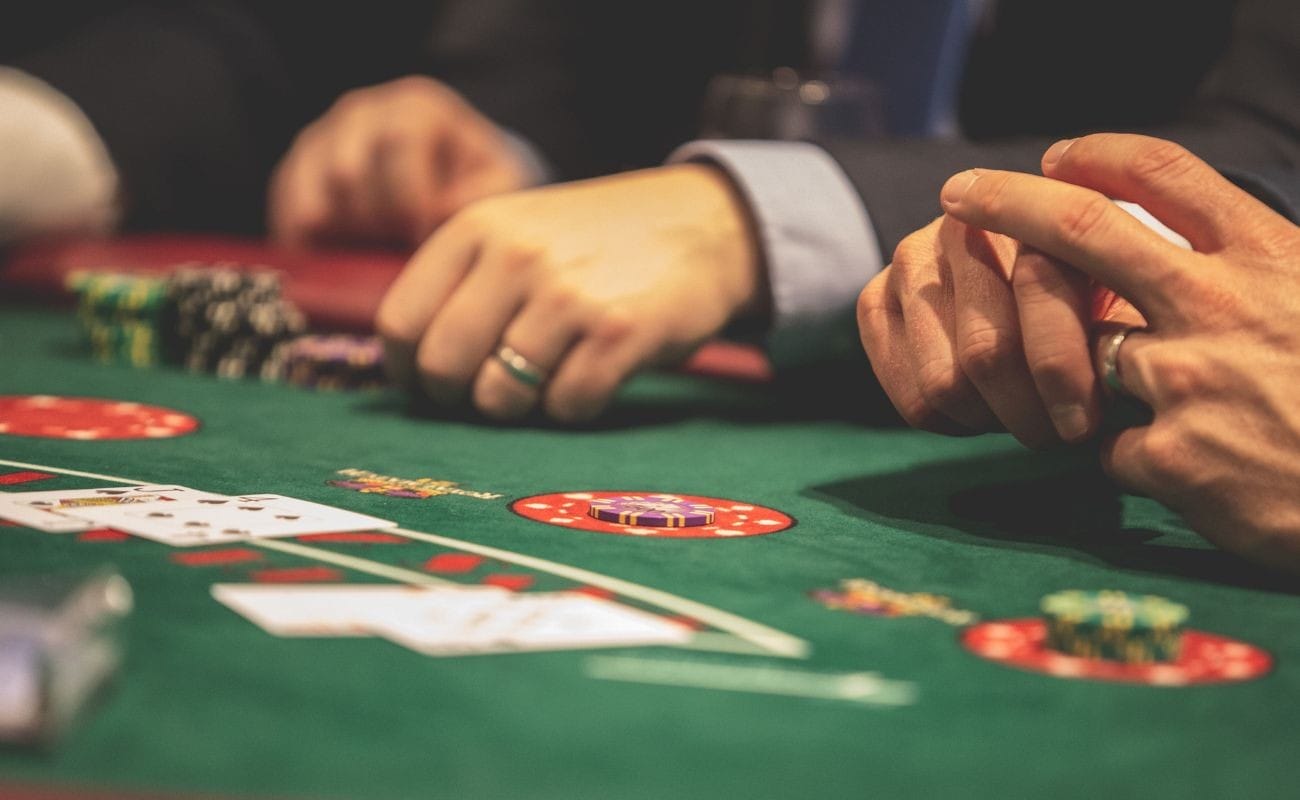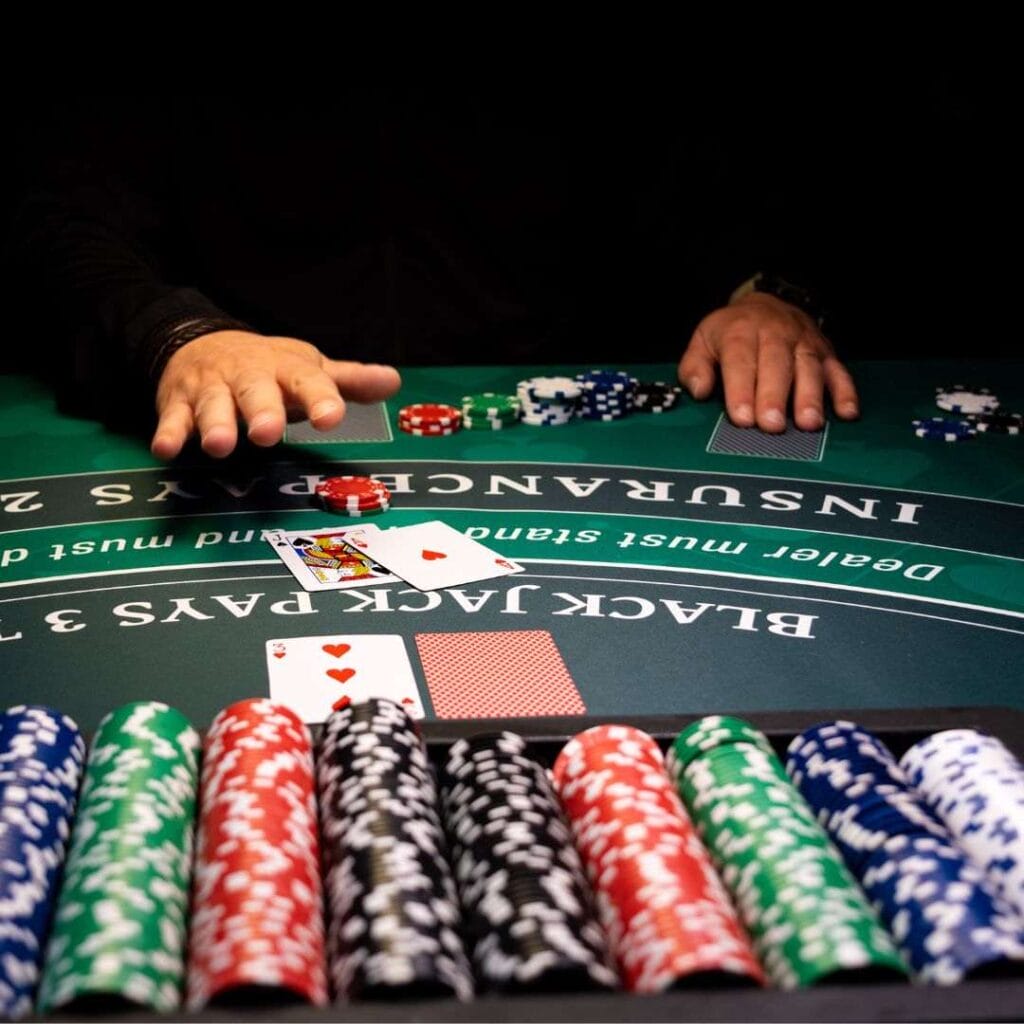
If you’re a fan of online casino games, there’s no doubt you’ve spent a decent chunk of your time trying your luck at the blackjack table. While blackjack is undoubtedly a game of chance, there’s nonetheless a fair amount of strategy involved, including blackjack betting strategy and knowing when to hit or stand.
A dilemma that often leaves both beginner and advanced blackjack players puzzled, is when to hit on 16. There’s plenty to consider, and, of course, there’s no foolproof way to get it right every time. That said, here’s an overview of what you need to know to take a calculated risk when faced with this number at the table.
The Blackjack Basics

Before diving into the intricacies of hitting (and standing) on 16, it’s essential to review the basics of blackjack. Ultimately, the game is a contest between you and the dealer, where the goal is to have a hand closer to 21 than the dealer’s without going over. Number cards are worth their face value, face cards are worth 10 points, and aces can be worth either 1 or 11 points, depending on what’s most favorable for your hand.
Decisions, Decisions
You’re at the table staring at your two cards, a 10 and a 6 — now what? First, you’ll need to consider the dealer’s upcard. Say, in this situation, it’s a 7. Do you hit and hope for a card that doesn’t push you over 21, or do you stand and pray that the dealer busts?
This is where blackjack strategy comes into play. The general rule of thumb is this: if you have a hard 16 (no ace,) and the dealer’s upcard is 7 or higher, you should consider hitting.
While hitting on 16 against a strong dealer card may seem counterintuitive, statistics and probabilities back this strategy. Remember, the dealer must play by specific rules and there’s a solid chance they might bust if they’re sitting on a seemingly strong hand. Hitting on 16 gives you the opportunity to improve your hand and potentially outlast the dealer.
When you’re holding a hard 16, and the dealer is flashing a 2 through 6, the decision-making dynamics shift. In this scenario, the odds suggest you stand. Why? Because the dealer has a higher chance of busting when their upcard is a low one. So, go ahead, take a deep breath, and stand tall on your 16. Let the dealer sweat it out!
Remember, reading the dealer’s upcard is a crucial blackjack skill. It can give you valuable insight into the potential strength of the dealer’s hand and guide your decisions. Here are some tips.
Know the Dealer’s Rules
Different casinos and live dealer casino games may have slightly different rules for the dealer. Familiarize yourself with the specific rules at the table you’re playing, such as whether the dealer hits or stands on a soft 17 (a hand including an ace that counts as 11.)
Recognize Strong and Weak Upcards
Generally, the dealer’s upcard can be categorized as strong (7 through ace) or weak (2 through 6.) As mentioned, a strong upcard indicates a higher likelihood that the dealer will make a strong hand. Conversely, a weak upcard suggests a higher chance of the dealer busting.
Stay Mindful of Probabilities
Remember the probabilities of various outcomes based on the dealer’s upcard. Blackjack is a game of odds, and understanding the likelihood of the dealer busting or forming a strong hand should guide your decisions.
Stay Calm and Be Patient
Reading the dealer’s upcard is just one aspect of blackjack strategy. Stay calm, patient and focused on the bigger picture. Don’t let a single hand or dealer upcard dictate your entire gameplay.
The Art of Doubling Down

Doubling down is a power move for the daring. It allows you to double your original bet after receiving your first two cards, but you must agree to hit just one more card. When facing a 16 with the dealer showing a 7 or higher, doubling down might sound like a heroic feat, but it’s probably not your best bet. In fact, basic strategy advises against doubling down on 16.
Top Blackjack Strategy Mistakes
Doubling down on 16 is a common blackjack mistake (although it occasionally pays off, so be sure to listen to your gut when making decisions in the moment.) Here are a few more strategy mistakes to avoid.
Chasing Losses
It’s easy to fall into the trap of chasing losses, especially when faced with a string of bad hands. But remember, luck is a fickle friend, and chasing losses often leads to deeper trouble.
Not Paying Attention to Table Rules
Each blackjack table comes with its own set of rules, like when you can double down or whether surrendering is an option. Ignoring these rules can cost you dearly.
Overestimating Card Counting Skills
While card counting is a fascinating skill, it’s not something you can master overnight. Attempting to count cards without a lot of practice can lead to disastrous results. Plus, remember that card counting is frowned upon in many casinos and could land you in trouble.
In short, it’s a good idea to embrace the wisdom of basic strategy, trust the numbers and just enjoy the game. May your cards be favorable and your decisions shrewd as you navigate the blackjack world — and be sure to experiment as you develop the best blackjack betting strategy for your unique playing style.
Play Live Dealer Casino Games at Borgata Online
Borgata Online promises a diverse menu of online casino games, including online blackjack live dealer games, other casino table games, jackpot slots, bingo and more.
Register when you’re ready to play casino online and explore the platform’s full offering.
